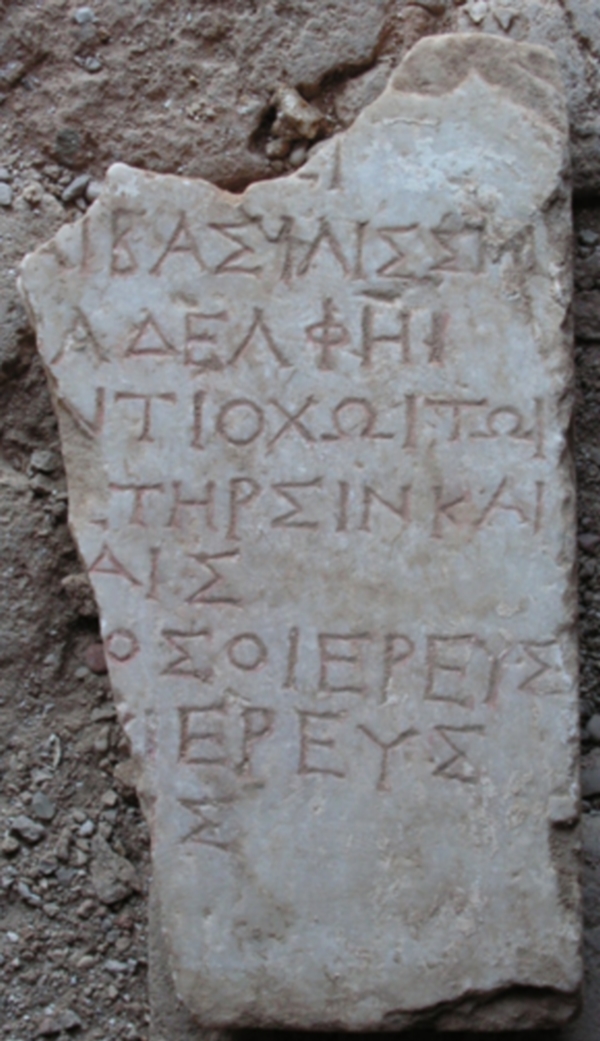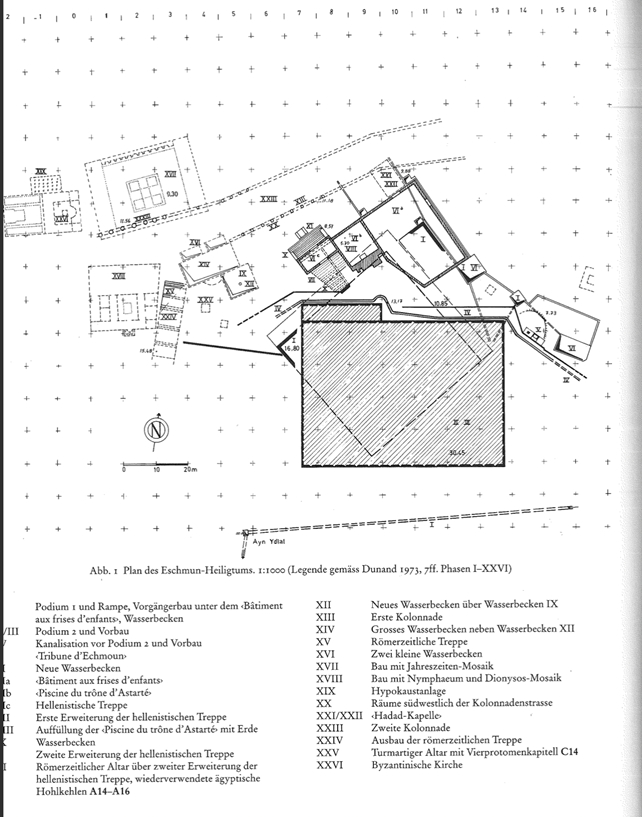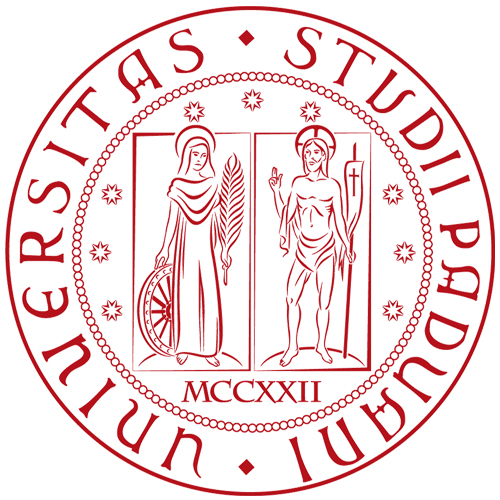Text orderly divided in 9 lines respecting word ending and using spaces to divide different sections:
lines 1-6 contain the names of the ritual recipients, lines 7-9 mention the donors.
Letteres elegantly engraved, with only small irregularities, and painted in red.
The writing is somewhat conservative, as often attested in high-quality dedications: various features that could belong to the mid-3rd cent.:
A with straight crossbar; H and Σ with parallel or slightly curvy outer strokes; K with small diagonals;
Β, Φ, and Ρ occupy a narrow horizontal space; Ω, Ο and even Δ are written above the line.
Letter size between 1,5 (round letters) and 1,5 cm.






